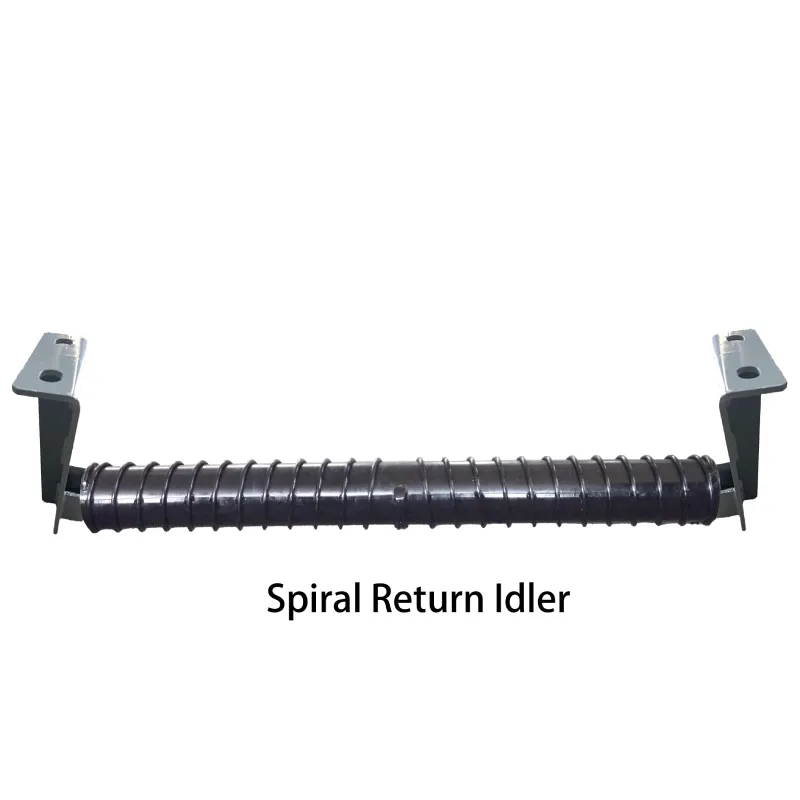 Afrikaans
Afrikaans  Albanian
Albanian  Amharic
Amharic  Arabic
Arabic  Armenian
Armenian  Azerbaijani
Azerbaijani  Basque
Basque  Belarusian
Belarusian  Bengali
Bengali  Bosnian
Bosnian  Bulgarian
Bulgarian  Catalan
Catalan  Cebuano
Cebuano  Corsican
Corsican  Croatian
Croatian  Czech
Czech  Danish
Danish  Dutch
Dutch  English
English  Esperanto
Esperanto  Estonian
Estonian  Finnish
Finnish  French
French  Frisian
Frisian  Galician
Galician  Georgian
Georgian  German
German  Greek
Greek  Gujarati
Gujarati  Haitian Creole
Haitian Creole  hausa
hausa  hawaiian
hawaiian  Hebrew
Hebrew  Hindi
Hindi  Miao
Miao  Hungarian
Hungarian  Icelandic
Icelandic  igbo
igbo  Indonesian
Indonesian  irish
irish  Italian
Italian  Japanese
Japanese  Javanese
Javanese  Kannada
Kannada  kazakh
kazakh  Khmer
Khmer  Rwandese
Rwandese  Korean
Korean  Kurdish
Kurdish  Kyrgyz
Kyrgyz  Lao
Lao  Latin
Latin  Latvian
Latvian  Lithuanian
Lithuanian  Luxembourgish
Luxembourgish  Macedonian
Macedonian  Malgashi
Malgashi  Malay
Malay  Malayalam
Malayalam  Maltese
Maltese  Maori
Maori  Marathi
Marathi  Mongolian
Mongolian  Myanmar
Myanmar  Nepali
Nepali  Norwegian
Norwegian  Norwegian
Norwegian  Occitan
Occitan  Pashto
Pashto  Persian
Persian  Polish
Polish  Portuguese
Portuguese  Punjabi
Punjabi  Romanian
Romanian  Russian
Russian  Samoan
Samoan  Scottish Gaelic
Scottish Gaelic  Serbian
Serbian  Sesotho
Sesotho  Shona
Shona  Sindhi
Sindhi  Sinhala
Sinhala  Slovak
Slovak  Slovenian
Slovenian  Somali
Somali  Spanish
Spanish  Sundanese
Sundanese  Swahili
Swahili  Swedish
Swedish  Tagalog
Tagalog  Tajik
Tajik  Tamil
Tamil  Tatar
Tatar  Telugu
Telugu  Thai
Thai  Turkish
Turkish  Turkmen
Turkmen  Ukrainian
Ukrainian  Urdu
Urdu  Uighur
Uighur  Uzbek
Uzbek  Vietnamese
Vietnamese  Welsh
Welsh  Bantu
Bantu  Yiddish
Yiddish  Yoruba
Yoruba  Zulu
Zulu Conveyor Belt Tensioning Mechanism and Its Essential Components
Conveyor Take-Up Assembly An Overview
The conveyor take-up assembly is a crucial component in conveyor systems, ensuring the effective management of belt tension and alignment during operation. This assembly plays a vital role in enhancing the operational efficiency and longevity of conveyor belts in various industries, including mining, manufacturing, and logistics. Understanding the components, types, functions, and maintenance of take-up assemblies is essential for professionals working in these fields.
Components of Take-Up Assemblies
A typical conveyor take-up assembly consists of several key components. The main elements include
1. Take-Up Frame This structure houses the other components and supports the entire assembly. It is usually constructed from robust materials to withstand the stresses involved in belt operation.
2. Take-Up Pulley This pulley is vital for adjusting the tension of the conveyor belt. It rotates around a shaft that allows it to move vertically to either increase or decrease belt tension.
3. Screw Mechanism The screw or hydraulic system enables the operator to make fine adjustments to the tension of the belt. It can be manually operated or automated, depending on the type of conveyor system.
4. Weight System In some designs, a weighted mechanism is employed to ensure constant tension on the belt, compensating for wear and load variations.
5. Belt Alignment Guides These guides help maintain the proper alignment of the belt during operation, preventing damage and reducing wear.
Types of Take-Up Assemblies
There are several types of conveyor take-up assemblies, each serving different operational needs
1. Centrifugal Take-Up This type relies on centrifugal force to maintain belt tension. It is typically used in high-speed conveyor systems.
2. Gravity Take-Up A common choice for most conveyor systems, this type utilizes weights to maintain tension. As the belt stretches, gravity pulls down on the weights to keep the belt taut.
conveyor take up assembly

3. Automatic Take-Up These are equipped with sensors and automation technology that allow continuous monitoring and adjustment of belt tension. This type is particularly useful in systems where belt tension can fluctuate frequently.
4. Manual Take-Up As the name suggests, this type requires manual adjustment of the tension by an operator. While it is often simpler and less costly, it may require more maintenance and monitoring.
Functions of Take-Up Assemblies
The primary function of a conveyor take-up assembly is to regulate the tension of the conveyor belt. Proper belt tension is essential for several reasons
- Prevent Slippage Maintaining adequate tension ensures that the belt does not slip over the pulleys, which can lead to reduced efficiency and increased wear.
- Enhance Belt Life By preventing excessive slack and keeping the belt aligned, a take-up assembly can significantly extend the life of the conveyor belt.
- Compensate for Stretch As conveyor belts operate, they may stretch due to load and wear. The take-up assembly allows for adjustments that compensate for this elongation, ensuring consistent operation.
- Ensure Safety A properly tensioned belt reduces the risk of accidents caused by slipping or misalignment, making the conveyor system safer for operation and maintenance personnel.
Maintenance Considerations
Regular maintenance of take-up assemblies is critical to ensure optimal performance. Operators should routinely inspect the components for wear and tear, particularly the bearings and pulleys. Monitoring the tension and alignment of the belt is also essential. Any signs of stretch or misalignment should be addressed immediately to prevent system failure.
Furthermore, lubrication of moving parts should be performed according to manufacturer specifications to minimize friction and wear. Operators should also keep the take-up assembly clean, as accumulated dirt and debris can affect operation.
In conclusion, the conveyor take-up assembly is a vital component of conveyor systems. By managing belt tension and alignment, it plays an essential role in enhancing operational efficiency, safety, and longevity of conveyor belts. Understanding its components, various types, functions, and maintenance considerations can significantly benefit those involved in the design and operation of conveyor systems. Proper management of the take-up assembly ensures that industrial processes run smoothly, maximizing productivity and performance.
-
Revolutionizing Conveyor Reliability with Advanced Rubber Lagging PulleysNewsJul.22,2025
-
Powering Precision and Durability with Expert Manufacturers of Conveyor ComponentsNewsJul.22,2025
-
Optimizing Conveyor Systems with Advanced Conveyor AccessoriesNewsJul.22,2025
-
Maximize Conveyor Efficiency with Quality Conveyor Idler PulleysNewsJul.22,2025
-
Future-Proof Your Conveyor System with High-Performance Polyurethane RollerNewsJul.22,2025
-
Driving Efficiency Forward with Quality Idlers and RollersNewsJul.22,2025





























